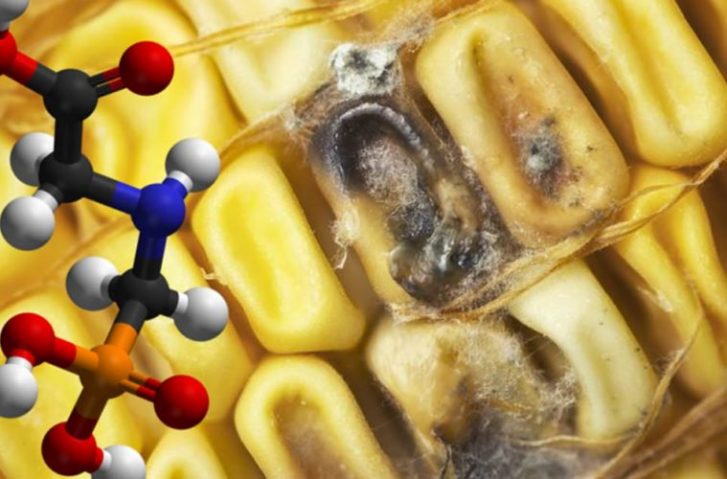Written by Ann Ralles, Faculty Advisor, New Earth University, School of Socio-Economics and Ecology, Arks of Fire
Agnihotra, the ancient spiritual technology, is a special small fire tuned to the rhythms of the rising and setting sun. For at least 6,000 years the practitioners of this ceremony have followed the precise instructions laid out by those called Rishis, believed to be divinely inspired sages, and compiled in a body of knowledge known as Vedas.
This ritual nearly died out over the centuries but was revived 40 odd years ago by Shree Vasant Paranjpe and is now practiced around the world by countless thousands of people who recognize its power to improve all aspects of life around them.
It is said that Agnihotra’s gifts to the earth and its inhabitants are profound and include improved health, higher agricultural yields, protection from harmful chemicals and even neutralizing radio-activity. These claims have been documented experimentally.
For 6,000 years, Agnihotra has been the main Vedic Yajna [sacrifice or gift] to purify the atmosphere. The intent of this article is to examine the evidence, measured by modern science, of Agnihotra’s effect on one aspect of the air quality; harmful [pathogenic] bacteria, and to distill the findings, making this information accessible to a wide audience. This takes on great relevance today with the rise in antibiotic -resistant strains of bacteria. The results support the 6,000- year–old knowledge of Agnihotra as a cleanser of the atmosphere, with a fascinating twist, as you will see.
Four relevant studies were found. [1, 2, 3, 4]. These all studied the effect of Agnihotra fire on airborne bacteria. The experiments were carried out from the early 1980s to the present decade. All of them were published in Scientific journals and three were peer reviewed. All these studies were carried out indoors in controlled environments and the ambient bacterial population measured before and after Agnihotra was performed.
Controls were used in one of the experiments. [2]. The control would be in a separate location with identical or similar conditions and a non-Agnihotra fire was burned. Agnihotra requires precise materials [dried cow dung, ghee and rice], and precise timing [sunrise and sunset to the second] as well as a vessel of exact proportions and materials [stepped copper pyramid]. Therefore, altering any one of these variables, would result in a non-Agnihotra fire. This is evidence that it is Agnihotra that is causing the bacterial count to change, not just the presence of fire.
In all the studies the microbial population was significantly reduced ranging from 43% to 91% for bacterial count. Furthermore, while performing Agnihotra once is significant, the cumulative effects over a week’s time was much greater.
Two of the five studies focused on Staphylococcus bacteria. [1,2]. This is significant because of the rise of lethal antibiotic resistant Staph, especially in hospital settings. These experiments found that pathogenic Staphylococcus bacteria do not survive in Agnihotra environment.
A follow-up experiment was performed with Staphylococcus Pyogenes, the kind found in pus. [2.]
The results were intriguing. When placed on blood agar plates, this type of Staph will destroy red blood cells, a process called hemolysis. After one Agnihotra performance the test plate showed tremendous reduction in hemolysis as compared to an identical plate removed from Agnihotra area. Then the organisms from both plates were emulsified, mixed with saline and injected into a mouse leg. The Agnihotra exposed organisms produced no lesion. But the non-Agnihotra strain produced the typical abscess caused by Staph Pyogenes. This leads to the fascinating conclusion that Agnihotra produced a kinder, gentler Staphylococcus!
These studies certainly raise many questions that currently have no definite answers. Standard biochemical models cannot accommodate these findings.
However, a new understanding of life and health are coalescing around the formation of special electrical fields that are or negentropic, non-destructively compressing energy that results in fractal distribution of life-giving “charge” also known as Prana. This appears to be the organizing [and self-organizing] principle of biology that is missing in today’s classrooms.
Building on the work of Plato, Schauberger, Reich, Tesla, Steiner, and other holistic scientists, and buttressed by his own ground-breaking mathematical proof of the fractal nature of hydrogen, Dan Winter presents a cohesive model of the broad spectrum centripetal electrical fields that are likely the key to the power of Agnihotra to generate such positive effects. [5].
Please consider helping Earth and all her inhabitants into a new paradigm of health and abundance by practicing the simple Agnihotra ritual. Take ten minutes per day for one month and then reflect on subtle but powerful benefits of Agnihotra. Could this be the Yajna that we as humans were meant to contribute to complete the circle of life? It appears that Agnihotra is a precious gift from our ancestors at this portentous moment on earth.
References;
1. Shivpuri, Akkalkot; “Preliminary study of Microflora under the atmosphere generated by Agnihotra.” Institute for studies of Vedic Sciences 1995.
2. Mondkar A.G.: “Agnihotra Effect on Serial Microflora” US Satsang, 1982, 10[9]
3. Pranay et all; “Beneficial Effects of Agnihotra on Environment and Agriculture” International Journal of Science and Research Volume 5 Issue 2, April 2015 pp111-120
4. Pachori, Kulkarni, Sadar, Mahajan; “Effect of Agnihotra fumes on Aeromicroflora”, The Bioscan 8[; 127=129,2013
5. Winter, Dan; Fractal Conjugate Space and Time: Cause of Negentropy, Gravity and Perception Published by Implosion Group2015
To learn more about Agnihotra please visit Arksoffire.com









